The Ultimate Guide to Getting Fit as a Pear Body Type

Understanding the pear body type, and all our body types, is a key element in tailoring fitness routines and promoting overall well-being. The pear body type, characterized by a narrower upper body and wider hips and thighs, has unique considerations when it comes to fitness and health. Tailoring workouts to accommodate the natural shape of an individual can improve adherence and overall success in achieving fitness goals. Body shapes, including the pear body type, influence fitness and health through factors like fat distribution, bone structure, metabolism, and hormones.
The classification of body types into ectomorph, mesomorph, and endomorph provides a broad framework to describe different physiques and how individuals respond to exercise and nutrition. It's essential to understand that these categories are not rigid, and many people exhibit a mix of characteristics. In fact, it's common for individuals to exhibit characteristics of more than one body type. For instance, someone can be a pear-shaped endomorph or a pear-shaped mesomorph.
Among the challenges, pear-shaped individuals may find it challenging to lose weight in the hip and thigh area, as these areas are prone to storing fat. Finding well-fitting clothes for both the upper and lower body can be a challenge due to the difference in proportions. Among the advantages: Pear shapes are often associated with a lower risk of cardiovascular issues. Pear-shaped individuals often have a natural athleticism and strength in the lower body, making activities like running, cycling, and lower body resistance training enjoyable.
Here's a comprehensive guide to the pear body type.
Understanding the Pear Body Type

The pear body type is characterized by specific features that differentiate it from other body shapes.
Upper Body: Individuals with a pear shape tend to have shoulders that are narrower than their hips.
Midsection: A pear-shaped body often includes a well-defined waist, creating an hourglass appearance. The bust is typically smaller in proportion to the hips.
Lower Body: The distinguishing feature of the pear shape is a wider lower body, including hips and thighs. The buttocks may be fuller and more rounded.
If you imagine the shape of a pear fruit — wider at the bottom and narrower at the top — that's the basic idea of a pear body shape. It's different from other body shapes like ectomorphs (with balanced shoulders and hips), ectomorph (more straight up and down), The pear shape is characterized by its distinct proportions, with more emphasis on the lower body.
The Role Genetics Play in a Pear Shaped Body

Genetics play a significant role in determining one's body shape, including the pear body type. Understanding this genetic influence is crucial for tailoring fitness and health approaches.
While genetics influence the distribution of fat and muscle, it doesn't dictate an individual's destiny. Recognising the genetic predispositions allows for a more realistic and patient approach to fitness goals. Embracing targeted exercises to enhance strengths and address specific areas, coupled with a balanced diet, becomes a strategic way to work with, rather than against, one's genetic makeup. This understanding promotes a healthier mindset, encouraging individuals to focus on overall well-being, self-acceptance, and sustainable lifestyle changes rather than pursuing unrealistic body ideals.
Nutritional Guidance for Pear Body Types

Prioritize a balanced diet that includes a mix of lean proteins, whole grains, fruits, vegetables, and healthy fats. Ensure that calorie intake matches energy expenditure to maintain a healthy weight.
- Be mindful of portion sizes, especially for calorie-dense foods. Controlling portions can help manage overall calorie intake. Include lean protein sources such as poultry, fish, tofu, legumes, and low-fat dairy. Protein supports muscle health and can aid in weight management.
- Choose complex carbohydrates like whole grains, brown rice, quinoa, and sweet potatoes. These provide sustained energy and can help regulate blood sugar levels.
- Incorporate sources of healthy fats, such as avocados, nuts, seeds, and olive oil. Healthy fats are essential for hormone production and overall health.
- Include high-fibre foods like fruits, vegetables, and whole grains. Fibre promotes satiety and digestive health.
- Stay well-hydrated by drinking plenty of water throughout the day. Adequate hydration supports overall health and can contribute to weight management.
- Minimize the intake of processed and sugary foods. These can contribute to excess calorie intake and may not provide optimal nutrition.
- Aim for regular, balanced meals to provide a steady supply of nutrients and energy throughout the day. Avoid skipping meals.
- Engage in strength training exercises to support muscle health. Protein intake, along with resistance training, can help build and maintain muscle mass. Be cautious with added sugars, especially in beverages and snacks. Excessive sugar intake can contribute to weight gain.
Specific Foods or Macronutrient Balances Beneficial or Detrimental for Pear Body Types
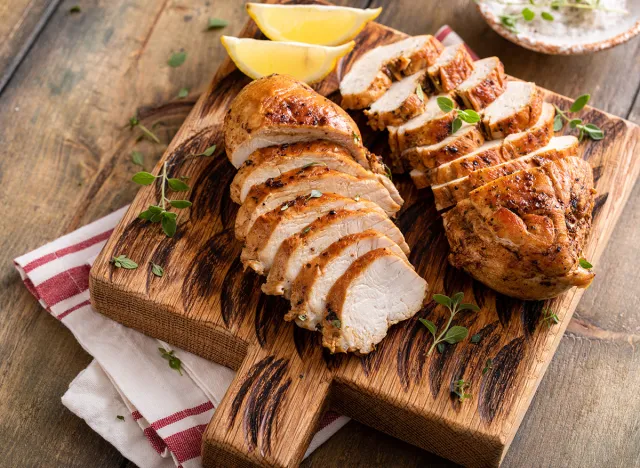
For individuals with a pear body type, there aren't specific "good" or "bad" foods, but certain dietary choices can align with their body composition and fitness goals.
- Opt for lean protein sources to support muscle health such as poultry, fish, tofu, legumes, and low-fat dairy. Prioritize complex carbohydrates like whole grains, brown rice, quinoa, and sweet potatoes for sustained energy. Include sources of healthy fats such as avocados, nuts, seeds, and olive oil for overall health and satiety.
- Choose fiber-rich foods like fruits, vegetables, and whole grains to promote fullness and digestive health. Limit processed and sugary foods, as excess sugar and refined carbohydrates can contribute to weight gain. Minimize the intake of saturated and trans fats found in fried and processed foods.
- Remember, the focus should be on a balanced and sustainable approach to nutrition that aligns with overall health and fitness objectives. The goal is to create a diet that is enjoyable, nourishing, and supports the individual's unique body composition.
Effective Exercise for Pear Body Types
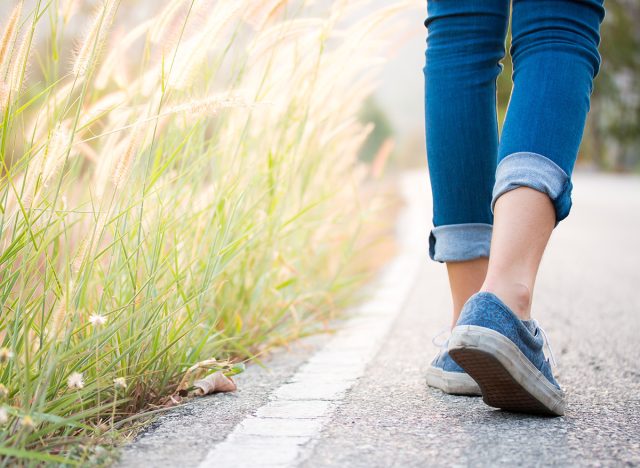
For individuals with a pear body type looking to balance and tone their physique, a well-rounded exercise routine that focuses on both cardiovascular exercise and strength training is beneficial. Cardiovascular activities like brisk walking or jogging help burn calories and improve overall cardiovascular health.
Compound movements like Deadlifts engage multiple muscle groups, including the glutes, core, hamstrings, and lower back. Regular, consistent exercise is essential for seeing results. While focusing on the lower body, incorporate exercises that engage the entire body for overall strength and balance.
Tailoring Your Approach to Fitness and Health

Individuals with a pear body type can personalize their fitness routines by incorporating targeted strength training exercises like squats, lunges, and leg presses to address specific areas of concern, such as the hips and thighs. Combining these with cardiovascular workouts, especially high-intensity interval training (HIIT), helps manage overall body fat. Additionally, embracing a balanced and nutrient-dense diet with an emphasis on portion control supports their fitness goals. Personalisation involves recognising that one size doesn't fit all; consulting with fitness professionals or dietitians allows for tailored advice, ensuring that fitness routines and dietary plans align with individual needs, preferences, and long-term sustainability.
Sample Workout Plan That Focuses On Addressing The Common Areas Of Concern For Pear Body Types, Such As Thighs, Hips, And Buttocks
Warm Up: x 2-3 rounds
- Leg Swings x 10-15/side
- Hip openers x 10
- Dynamic adductor stretch x 10-15/side
- Body weight squat x 10
Lower Body Strength:
- 3 x 8-10 Squats
- 3 x 12-14/leg Lunges
- 3 x 8-10 Deadlifts
- 3 x 8-10/leg Step-Ups
- 3 x 10-15 Bridges
- 3 x 10-15/leg Side Leg Raises
Comparing Pear Body Types with Other Body Shapes

The fitness and nutrition approaches for different body types, such as pear-shaped, mesomorphs, and endomorphs, vary based on their unique characteristics. For pear body types, a focus on lower-body exercises, a blend of cardiovascular and strength training, and flexibility exercises is emphasised, while nutrition involves balanced, nutrient-dense meals. Mesomorphs benefit from resistance training, varied workouts, and a slightly higher protein intake, while endomorphs focus on both cardiovascular and resistance exercises, with an emphasis on caloric control and balanced macronutrients.
Weight Loss and Toning Strategies
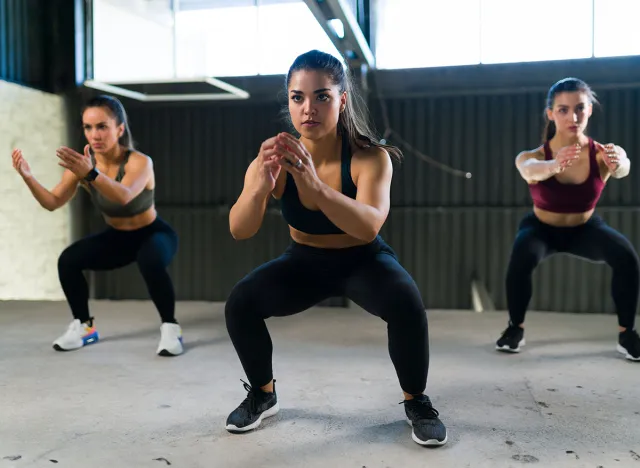
For pear body types, aiming to lose weight or tone specific areas like the hips, thighs, and buttocks, a comprehensive approach involves a balanced exercise routine, including cardiovascular workouts and targeted strength training.
Incorporating full-body workouts and high-intensity interval training (HIIT) contributes to efficient calorie burning and muscle toning.
Coupled with a nutrient-dense diet, portion control, and hydration, this strategy supports overall health and weight management. Consistent effort, mindful eating, professional guidance, and attention to rest and recovery are integral for sustainable results. Recognising individual responses and embracing a holistic lifestyle approach, including activities like yoga for flexibility, enhances the likelihood of achieving and maintaining fitness goals.
Managing Lower Body Fat
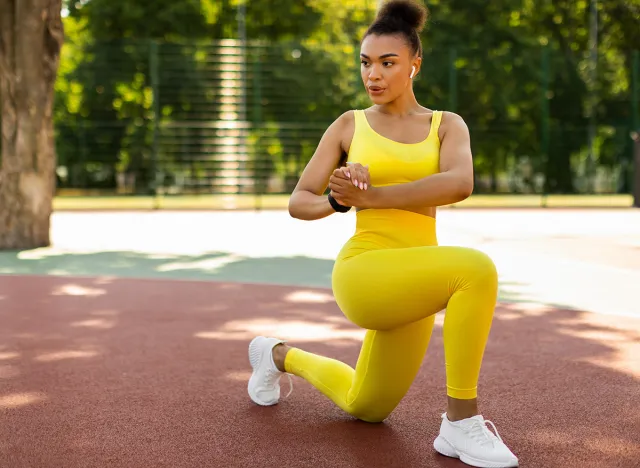
Pear body types can effectively gauge progress and adapt strategies by employing a multifaceted approach. This includes tracking body measurements such as hips, thighs, and waist, utilising body composition analysis methods, monitoring scale weight regularly (as long as this doesn't trigger unhealthy habits), capturing progress through photos, noting improvements in strength and endurance, assessing clothing fit, observing energy levels, seeking professional consultations periodically, and engaging in mindful self-reflection.
Integrating both quantitative and qualitative measures enables a comprehensive understanding of individual progress, allowing for informed adjustments to fitness and nutrition strategies over time.
Customizing these approaches involves a heightened focus on targeted exercises such as squats, lunges, and leg presses to tone and strengthen specific areas like the hips and thighs. Incorporating a mix of cardiovascular exercises, including high-intensity interval training (HIIT), helps address the propensity for fat accumulation.
Nutritionally, emphasizing a balanced and nutrient-dense diet remains crucial, with an additional emphasis on portion control to manage calorie intake. Regular consultation with fitness professionals or dietitians can further tailor these strategies to individual needs, ensuring a holistic and effective approach for pear body types.
Success Stories of Pear Body Types
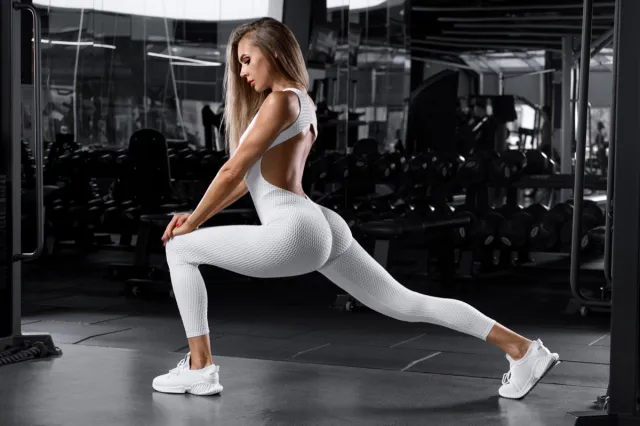
A client of mine, a vibrant woman with a classic pear body shape, embarked on a transformative fitness journey with me. Frustrated with conventional beauty standards, she decided to redefine her goals and joined my fitness studio that specializes in holistic wellness. Her journey began with a mix of cardio workouts and targeted strength training, focusing on exercises tailored for her lower body.
Their routine included dynamic sessions blending high-intensity intervals and strength exercises like squats and lunges. Supported by a balanced diet rich in whole foods, she discovered the power of mindful eating and portion control.
As weeks passed, she started to notice changes in her body. Her hips and thighs, once perceived as challenges, transformed into areas she took pride in. Progress photos and measurements helped keep her accountable and allowed her to see the progress she was achieving, rather than always focusing on the number on the scales. I encouraged her to look more at the change in body shape and how clothes fitted. There was also a lot of mindful work to reframe the way she saw herself and to embrace every aspect of her unique body shape and to be proud of what it could do, rather than be ashamed of it.
What sets this story apart is not just the physical transformation but the newfound confidence and energy. She embraced the uniqueness of her body, recognising that true beauty comes from strength and self-acceptance. This story isn't just about slimming down; it's a narrative of empowerment, breaking stereotypes, and celebrating individuality, emphasizing that fitness is not a one-size-fits-all journey. Her story echoes through the community, reminding everyone that every body type is beautiful and capable of incredible transformations when nurtured with the right mix of exercise, nutrition, and self-love.
Lessons for You From the Success Stories
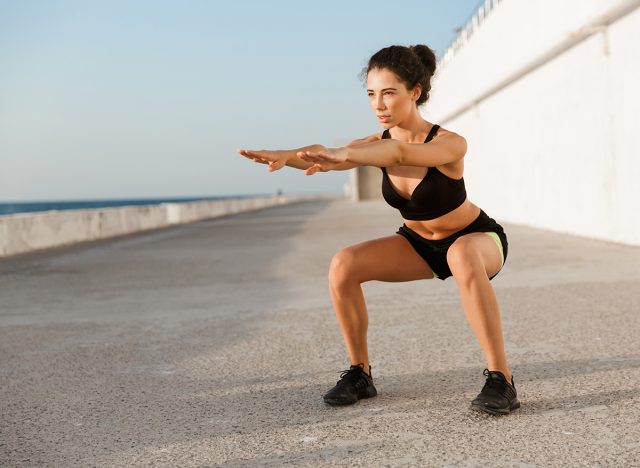
This success story shows us that by embracing targeted strength training, incorporating a variety of exercises like squats and lunges, and integrating cardio and HIIT workouts can be transformative. Additionally, fostering a supportive community, practicing mindful eating, and focusing on holistic well-being, rather than conforming to traditional beauty standards contribute to sustained success. It underscores the importance of celebrating individuality, finding joy in the journey, and understanding that true success extends beyond physical appearance to encompass confidence, self-love, and a sense of empowerment.
The Importance of Holistic Health
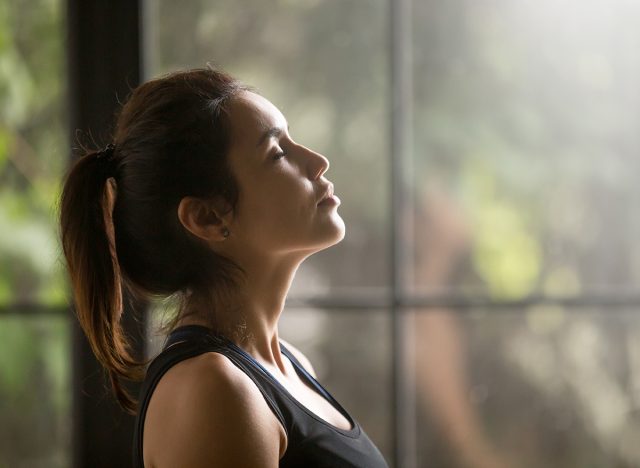
Beyond physical appearance, it's crucial for individuals with a pear body type to focus on overall health and wellness because wellbeing extends far beyond aesthetics. Prioritising health encompasses mental and physical aspects, contributing to a more fulfilling and balanced life. Targeted fitness and nutritional approaches not only address specific body concerns, but also enhance strength, flexibility, and cardiovascular health.
Embracing wellness fosters confidence, self-esteem, and a positive relationship with one's body. It reduces the risk of health issues associated with excess weight in the lower body, promoting longevity and a higher quality of life. Ultimately, a holistic approach to health and wellness empowers individuals to lead active, vibrant lives, emphasising the importance of self-care and self-love beyond societal beauty standards.
Holistic health for pear body types involves practices that prioritise mental well-being and self-acceptance. Incorporating mindfulness techniques, such as meditation and yoga, can foster a positive body image and reduce stress. Engaging in activities that bring joy and fulfilment, beyond fitness, contributes to mental wellness. Building a supportive community, whether through fitness classes or social networks, provides encouragement and shared experiences. Embracing a positive mindset involves reframing beauty standards and recognising the uniqueness of one's body shape. Integrating these practices nurtures a holistic approach to health, fostering mental resilience, self-acceptance, and a deeper appreciation for the body's capabilities beyond its appearance.
You May Have a Combination of Body Types. Here is How to Approach Fitness and Diet in That Case.
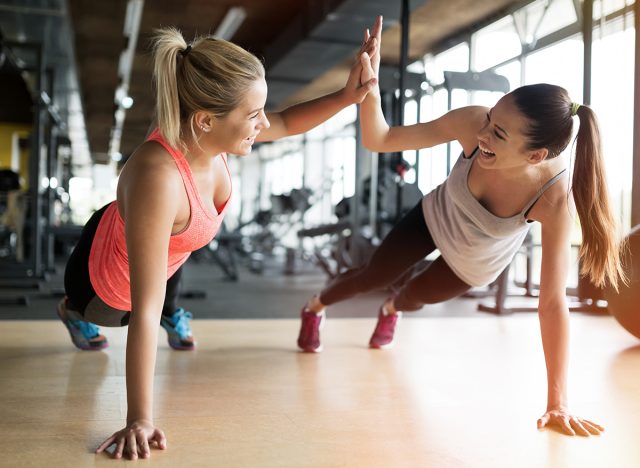
Individuals can indeed have a combination of body types, known as a somatotype spectrum. Emphasizing a mix of strength training, cardiovascular exercises, and flexibility work in workouts accommodates diverse body characteristics. Nutritionally, a balanced diet, adjusted macronutrient intake, and portion control cater to individual needs.
There shouldn't be too much stress on these body types though, in general any form of exercise and in a good amount is brilliant, including a balanced diet and ensuring people are feeling good within themselves. As long as we look after our minds and bodies in the right way that's the most important thing.
Conclusion: Embracing and Enhancing the Pear Body Type

Don't let your body shape define who you are, that's just a lot of genetics and has nothing to do with who you are as a person, remember that!
Don't have unrealistic ideas of your body goals either, because you may be chasing something that's not achievable.
Do remember you are incredible no matter what. Do more of what makes you feel good! Food and fitness are just as important as how you speak to yourself. Embarking on a fitness journey can seem hard at the beginning, starting anything is always going to be hard the first time, but the sooner you do start the sooner you can get to where you want to be. There is no time like the present, so go get after it!
Final Word From the Expert
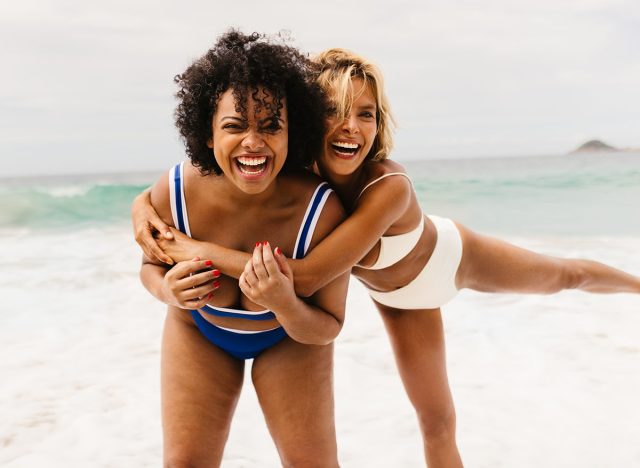
Embracing one's natural body shape leads to more effective and fulfilling health and fitness outcomes by promoting a positive and sustainable approach to well-being. Rather than striving for unrealistic ideals, accepting and appreciating one's inherent shape allows for a more tailored fitness journey. This acceptance cultivates a positive mindset, reducing stress and promoting mental well-being. Individuals who embrace their natural body shape are more likely to engage in activities they enjoy, leading to consistent and long-term fitness habits. The focus shifts from external validation to internal satisfaction, fostering a sense of empowerment and self-love that fuels motivation for a healthier and more fulfilling lifestyle.
Arabella Featherstone is a leading fitness trainer and coach from Feathers Food & Fitness with the vision and drive to help people and transform her clients' bodies and minds through fitness and nutrition. Her classes and online training are based around strength training and she offers 28-day, 6 week and 12-week bespoke wellness plans to take you achieve your fitness goals, transform your mindset and improve your health. Her free e-book Unleashing the Strength Within is now available on her website.




